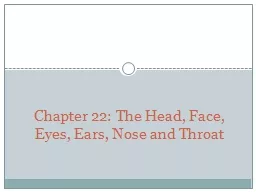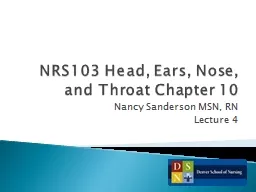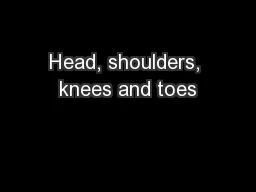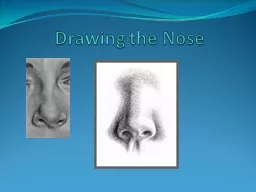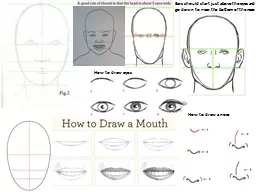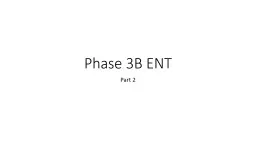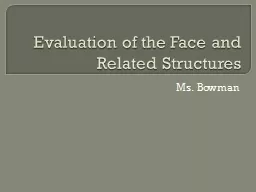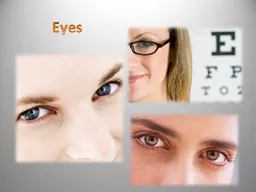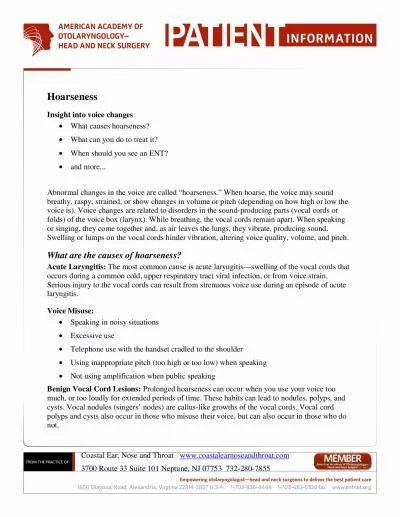PPT-Chapter 22: The Head, Face, Eyes, Ears, Nose and Throat
Author : danika-pritchard | Published Date : 2020-04-02
Prevention of Injuries to the Head Face Eyes Ears Nose and Throat Head and face injuries are prevalent in sport particularly in collision and contact sports Education
Presentation Embed Code
Download Presentation
Download Presentation The PPT/PDF document " Chapter 22: The Head, Face, Eyes, Ears,..." is the property of its rightful owner. Permission is granted to download and print the materials on this website for personal, non-commercial use only, and to display it on your personal computer provided you do not modify the materials and that you retain all copyright notices contained in the materials. By downloading content from our website, you accept the terms of this agreement.
Chapter 22: The Head, Face, Eyes, Ears, Nose and Throat: Transcript
Download Rules Of Document
" Chapter 22: The Head, Face, Eyes, Ears, Nose and Throat"The content belongs to its owner. You may download and print it for personal use, without modification, and keep all copyright notices. By downloading, you agree to these terms.
Related Documents

